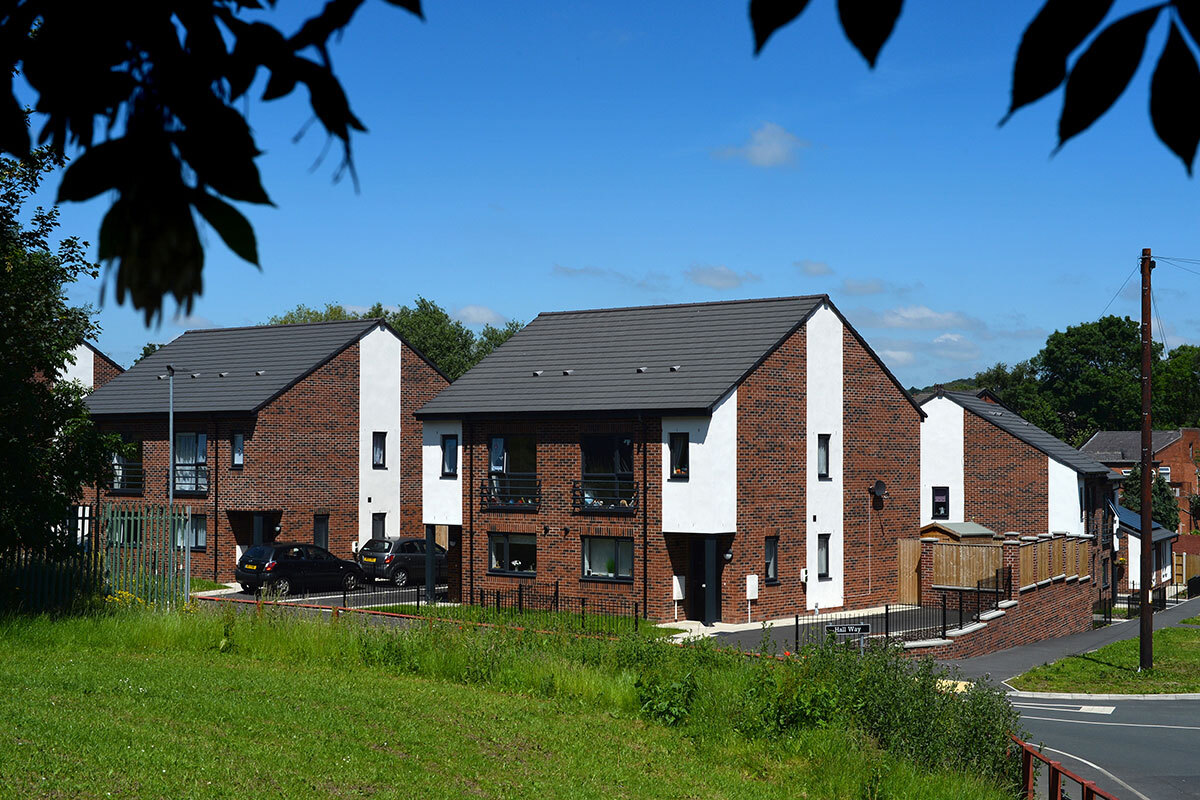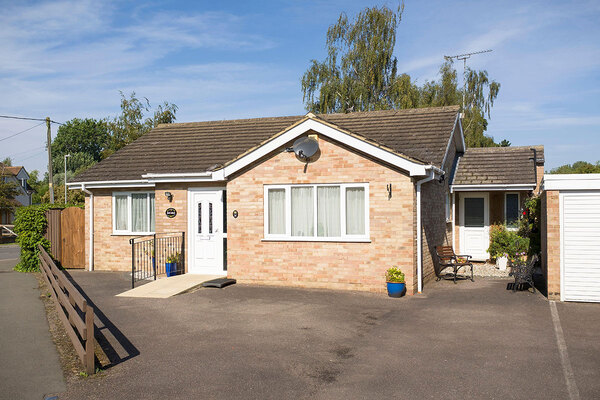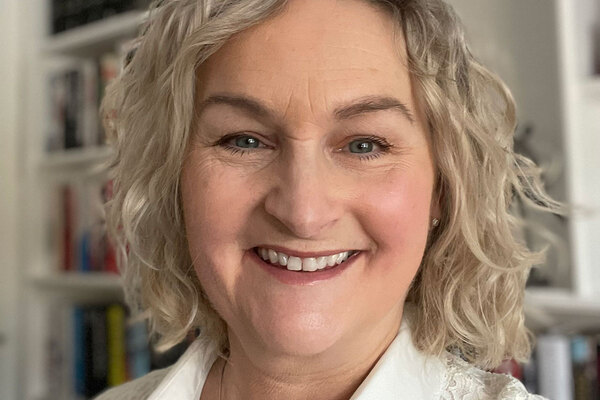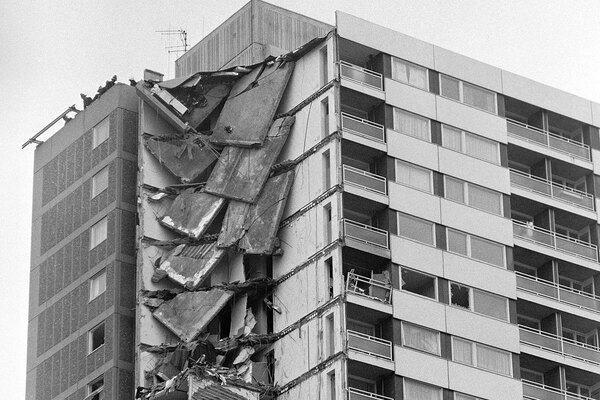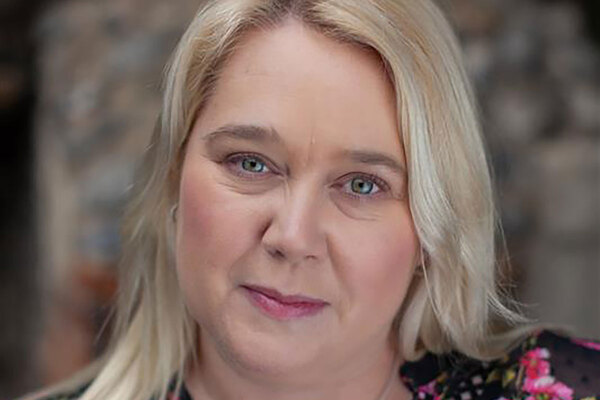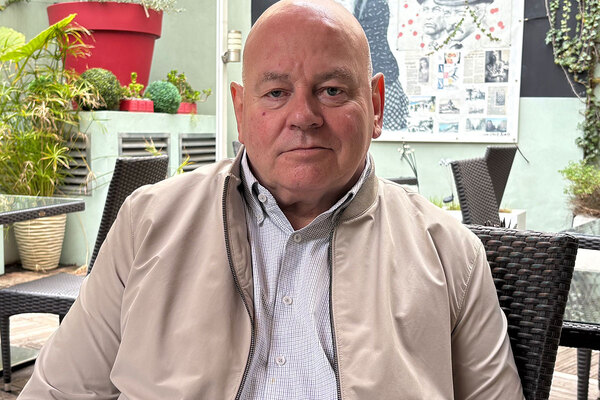Landlord renews call for accessibility standard to be adopted for all new homes in England
A housing association has highlighted the costs people needing to make adaptations to their homes face, as it renewed calls for the government to adopt an accessibility standard for all new homes in England.
Habinteg, an association that specialises in accessible and adaptable homes, said adaptations such as lifts, grab rails and wetrooms can leave individuals, families and councils footing bills of up to £27,000.
The figure is based on the most challenging scenarios in homes that meet the current M4(1) ‘visitable’ accessibility baseline.
But in homes built to meet the more demanding M4(2) accessible and adaptable standard, fitting the same set of adaptations can cost well below £10,000, according to the 3,300-home landlord.
Habinteg pointed out that the government allocated £625m to councils’ Disabled Facilities Grant funds in 2024-25, almost double what it did a decade earlier.
However, it warned that unless homes were designed to be more adaptable from the outset, local authorities would face growing pressure on home adaptation grants as the population ages and disability rates rise.
Following a consultation launched in late 2020, the Conservative government at the time said in 2022 it was “committed” to raising accessibility standards for new homes.
“Government proposes that the most appropriate way forward is to mandate the current M4(2) requirement in Building Regulations as a minimum standard for all new homes,” it said in a response to the consultation.
But this had not been done by July’s general election.
A Levelling Up, Housing and Communities Committee (now called the Housing, Communities and Local Government Committee) report published just a few weeks earlier argued that it was “imperative” M4(2) was mandated to prevent “thousands of disabled people [being] left with their housing needs unmet”.
A previous report by Habinteg found 1.8 million people in the UK need an accessible home, while about nine in 10 (91%) homes meet the basic ‘visitable’ standard, according to English Housing Survey data.
Since the policy to amend Building Regulations was announced in July 2022, around 75% of homes granted planning permission will be built to that baseline, “missing an opportunity to future-proof them through the M4(2) accessible and adaptable standard”, the Habinteg report said.
Christina McGill, director of social impact and external affairs at Habinteg, said: “Almost 80% of disabled people acquire their impairment after the age of 16, so the accessibility and adaptability of new homes [are] critical if they are to be fit for purpose for the whole population.”
Ms McGill said the new costings demonstrated the M4(2) standard’s “fantastic” value for money. “We should also remember that M4(2) homes are not specialist,” she added.
“They are designed to be inclusive, welcoming and easy to live in for everyone, whether it be a young person starting out, a family with young children or older people in retirement.”
Ms McGill called on the new Labour government to prioritise accessibility and adaptability in all new housing as it seeks to hit an ambitious target of building 1.5 million homes by the end of this parliament.
She added: “Bringing in the accessible and adaptable standard now for all new homes built in England will ensure our housing stock is fit for the future and will send a strong message that the health and well-being of all citizens [are] being prioritised.”
In response, a spokesperson for the Ministry of Housing, Communities and Local Government said: “Housing is one of the government’s top priorities – everyone deserves to live in a decent, accessible home they feel safe in.
“We will set out policies on accessible housing in due course.”
Sign up for our care and support newsletter
Already have an account? Click here to manage your newsletters
